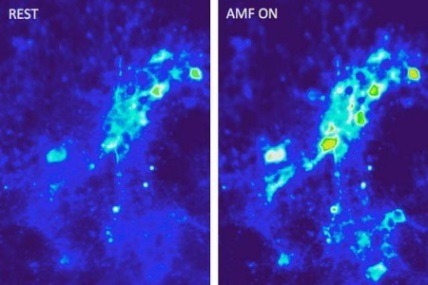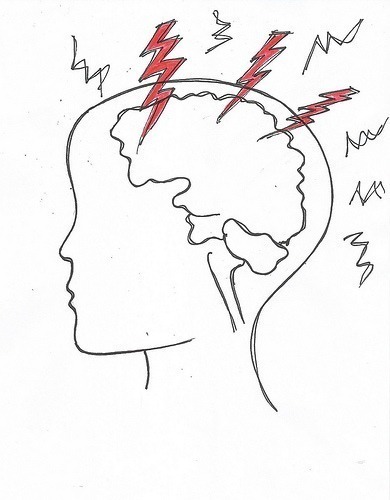Posts Tagged ‘Transcranial-Magnetic-Stimulation’
Neosync ranked #30 Holder of Pervasive Neurotech Intellectual Property*
Neosync is an early stage company developing a new treatment for major depression based on Transcranial Magnetic Stimulation (TMS). The treatment–named NEST (Neosync EEG Synchronized TMS) and undergoing clinical trials–is based on the idea that depression patients tend to have overly rhythmic brain activity,
Read MoreStanford University ranked #23 Holder of Pervasive Neurotech Intellectual Property*
The Office of Technology Licensing is responsible for the management of intellectual property assets at Stanford University, where neuroscience researchers have produced multiple pervasive neurotech patents that pertain mostly to cognitive state monitoring and transcranial magnetic stimulation.
Read MoreNeuronetics ranked #8 Holder of Pervasive Neurotech Intellectual Property*
. Neuronetics received FDA clearance for NeuroStar TMS Therapy in 2008. NeuroStar uses transcranial magnetic stimulation as a form of neuromodulation to treat depression in patients who have not responded adequately to other depression treatments.
Read MoreBrainlab ranked #5 Holder of Pervasive Neurotech Intellectual Property*
Brainlab is a German healthcare innovation company that develops a wide array of technologies for the planning and guidance of surgery and radiosurgery. Such products are designed to continuously track surgical instruments in relation to anatomical orientation in order to provide surgeons the tools needed to complete a routine or complex procedure. Their primary product…
Read MoreNon-invasive brain stimulation meets nanotechnology
. MIT Researchers Develop Wireless, Noninvasive Deep Brain Stimulation Approach (Med Device online): “Scientists have introduced a novel method of administering brain stimulation that requires no implants or external connections. By injecting magnetic nanoparticles into the brain, researchers have found that they can manipulate neurons by applying external magnetic fields
Read MoreGood survey of brain stimulation methods, value and limitations
Stimulating the Brain: From If to How (The Dana Foundation): “Recent years have brought modern methods of brain stimulation into the mainstream of neurology and psychiatry. But their mechanism—how exactly deep brain stimulation (DBS) relieves Parkinson’s disease symptoms and how repetitive transcranial magnetic stimulation (rTMS) improves depression, for example—remains obscure. Research
Read More




